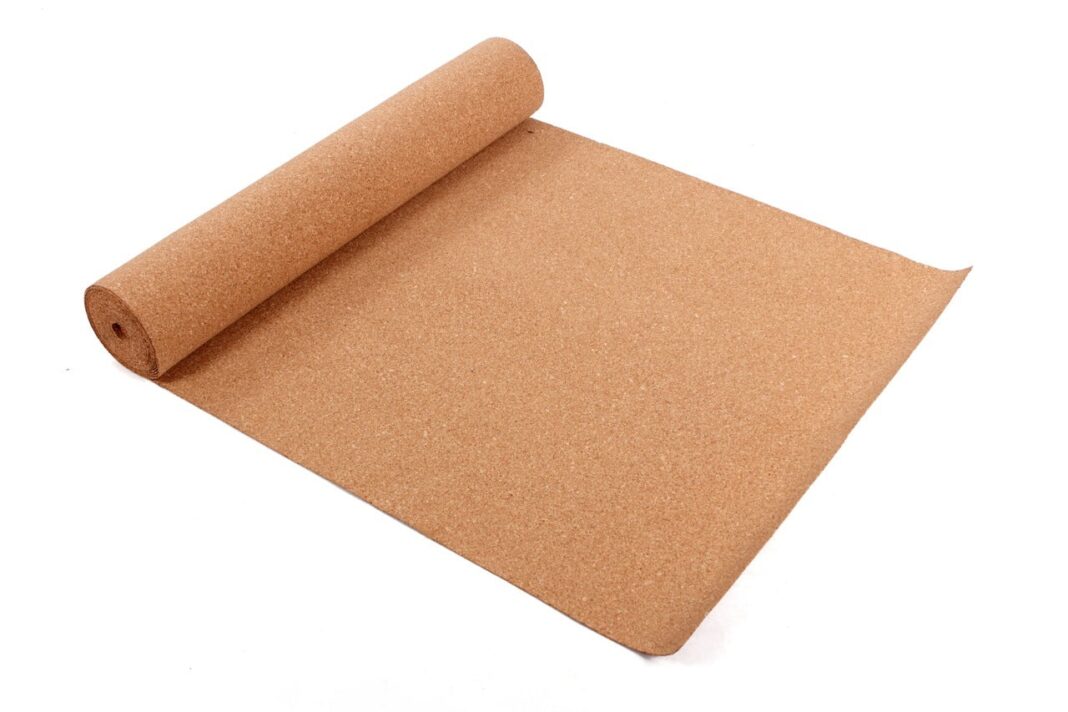With consumer behavior being inclined towards more environmentally conscious practices, sustainable materials are being applied in construction and interior design. Cork Roll is becoming increasingly popular, particularly in “green” building and flooring projects. Originating from the outermost layer of the cork oak tree, cork is a biodegradable, recyclable, and renewable resource. Its natural features make cork not only eco-friendly but also functional in modern homes.
Table of Contents
The Source and Sustainability of Cork
Cork is harvested from the bark of the Quercus suber, or the cork oak tree. These trees can be found in the Mediterranean and, remarkably, can regrow their bark. This process is not harmful to the tree and can be done every 9-12 years, making cork renewable. Cork’s low-impact and low-waste manufacturing process qualifies it as a leading material for environmentally friendly construction practices. Dust made during cork processing is even utilized as biomass fuel, further increasing the sustainability of the cork industry.
Cork Rolls: An Eco-Friendly and Multi-Purpose Wonder Material
By using cork in rolls, it can be applied as an underlayment under any type of flooring, like hardwood, laminate, or even tile. Cork rolls serve a dual purpose, which makes them both functional and pleasingly aesthetic. Cork Rolls also Green Homes. The thickness and length of cork rolls vary depending on the intended use.
Perhaps the most striking feature of cork roll floors is that they are exceptionally comfortable. The natural cushioning provided by cork softens the surface underfoot and reduces strain on joints, which makes cork flooring ideal for homes with children or seniors. Additionally, cork has a natural resistance to termites, mold, and mildew, which guarantees better indoor air quality.
Cork Expansion Joints: A Sustainable Flooring Solution
Expansion joints play a critical role in the precise control of the natural expansion and contraction of flooring materials due to changes in temperature and humidity. The most common applications for cork expansion joints are in high-foot-traffic residential and commercial buildings. For floors that undergo a lot of movement, the natural elasticity and compressibility of cork make it an ideal candidate for expansion joints to prevent cracks and buckling over time. They add to preserving the quality of the floors as well as in soundproofing and thermal insulation. This is why cork is regarded as a multifunctional material in the construction of advanced, sustainable, and resilient structures.
Cork Roll for Walls—Beauty with Functionality Other than flooring, cork roll for wall applications is paving its way in sustainable design. Cork rolls can be utilized as wall coverings to form soundproof panels, pin-up boards, or even simple warm, natural textured decorative elements, like cork rolls. Cork Rolls For Walls can also serve as an insulation component wherein heat transfer between the indoor and outdoor environment is minimized, thus improving energy efficiency.
In apartments, home offices, or music studios where noise control becomes a priority, cork walls provide a natural acoustic barrier. This is because it helps absorb sound, reduces echo, and enhances overall acoustic comfort.
Cork walls can be treated with water-based finishes or left for an untreated, earthy aesthetic. No matter the case, it adds unique beauty to interiors while strengthening the green credentials of the home.
Well-being and Indoor Air Quality
Cork flooring does not trigger health-related allergies; it is often impervious to mold and mildew. Moreover, cork does not emit dangerous chemicals or volatile organic compounds (VOCs), which are healthy for a household concerned with their indoor air quality. As more and more people understand the effects of health materials used in buildings, cork’s profile as natural and non-toxic remains a plus.
Sustainability and Less Cleaning
Routine maintenance of cork roll flooring is easy. It just demands frequent vacuuming or occasional wet vacuuming. Cork surfaces can be resealed every few years, thus making them easier to maintain and ensuring that they are protected from wear and moisture. With proper maintenance, cork floors can endure 25-40 years, further reducing frequent replacement recourse, which betters environmental sustainability.
Installation Factors
Cork rolls are generally easy to install as underlayment or as wall covering. Cork rolls can be sized and attached with eco-friendly glue. For flooring, cork tiles or planks made from Roll of Cork may require professional installation. They ensure proper alignment and sealing, mainly in areas of high moisture content such as the kitchen and bathroom. Read This
It is also worth understanding that cork works with radiant heat systems, which can further improve efficiency for green homes that plan to use new heating technologies.



